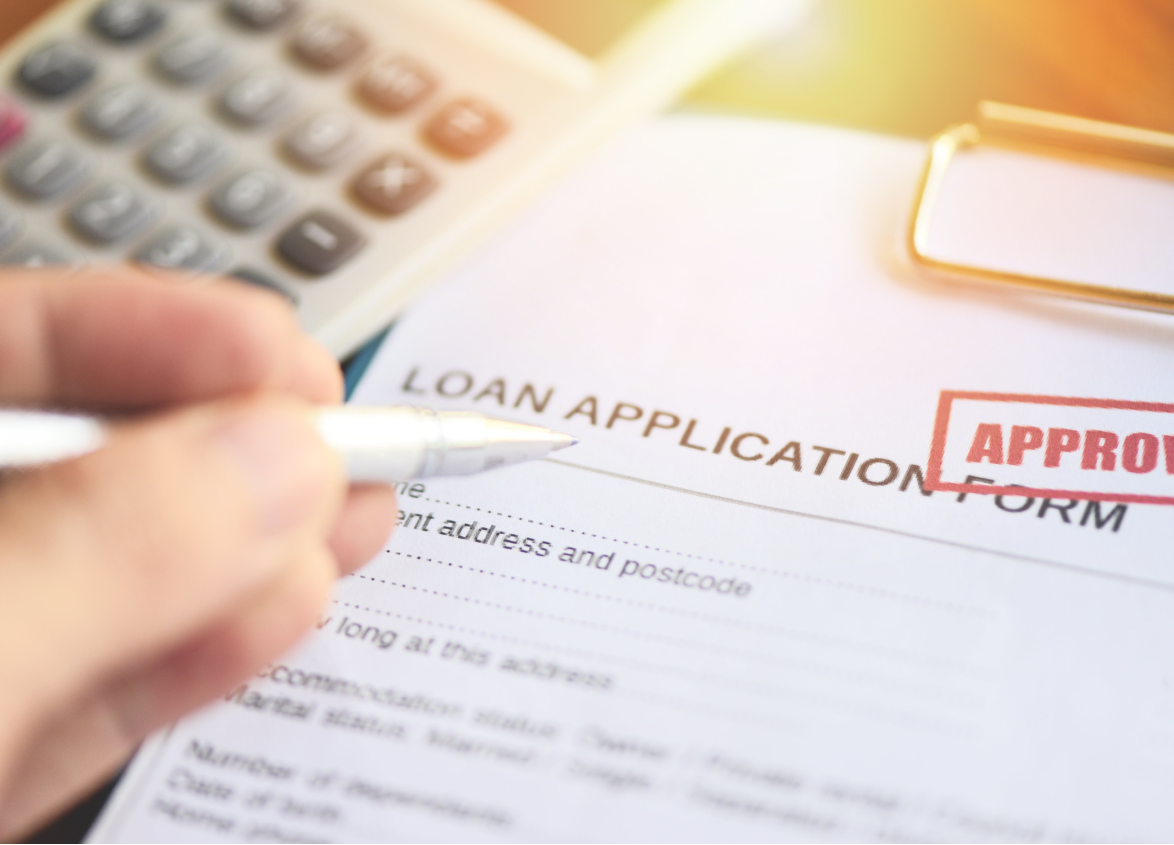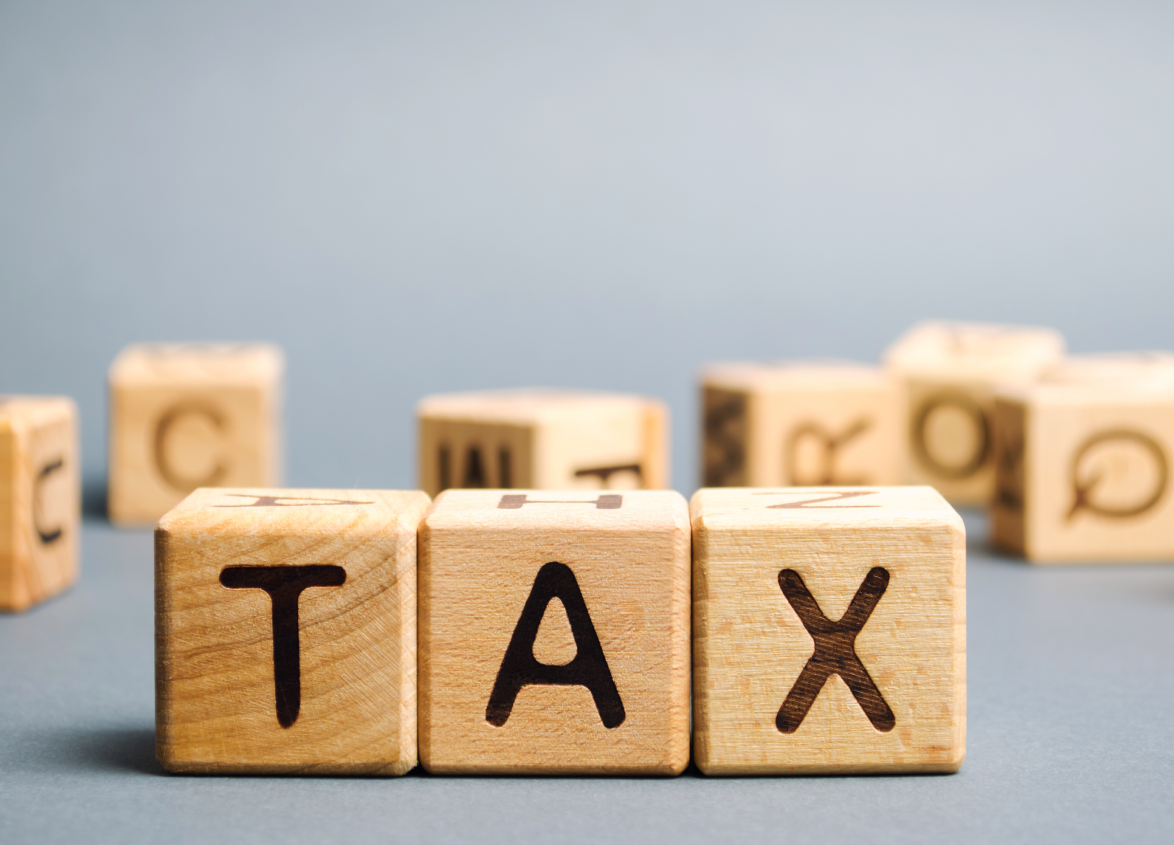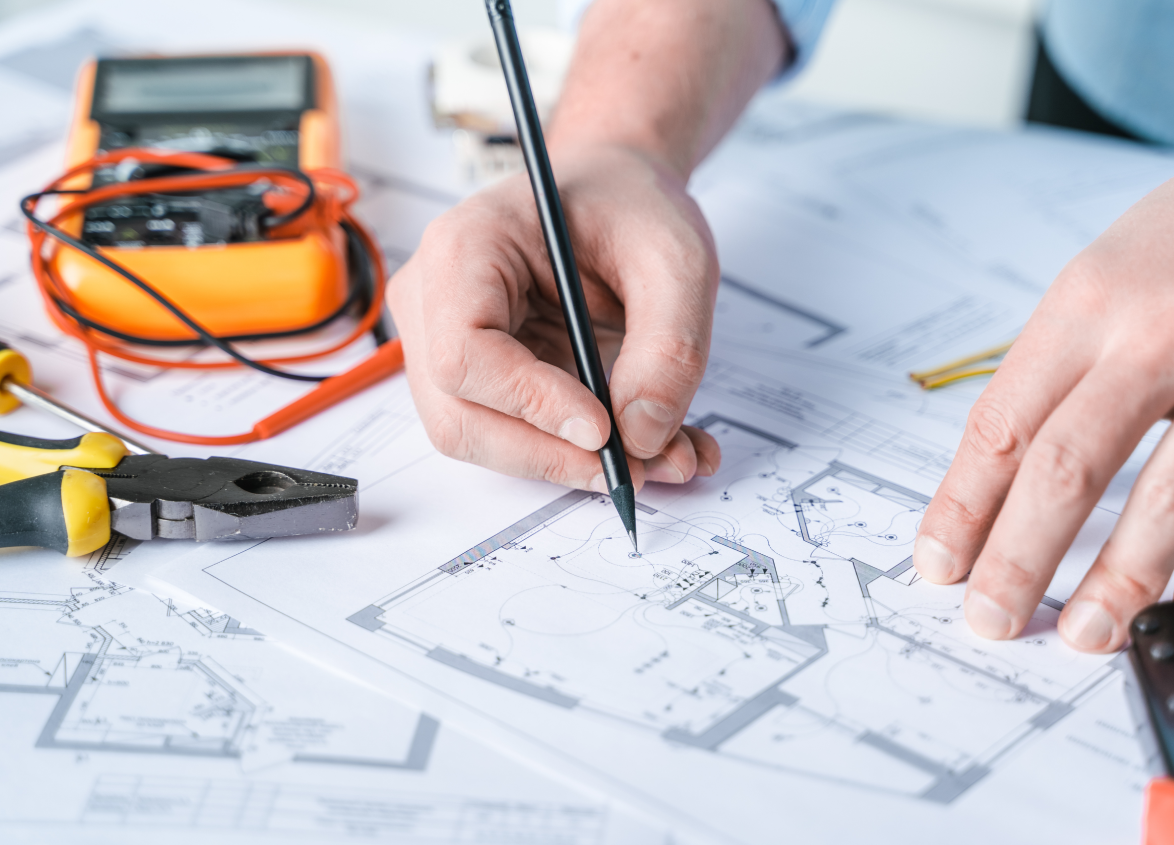
Residential
Conveyance Deed vs Sale Deed: Meaning, Differences, and Legal Importance
August 07, 2025
The real estate business is witnessing rapid growth. Whether you are a realtor, attorney or someone planning to buy or sell a property, you might have encountered the term ‘conveyance’. The purchase or transfer of property in India requires extensive documentation. Much of this involves complex legal terminology that is unfamiliar to many.
In this blog, we will explain a conveyance deed, its meaning, types, purpose, legal importance, and the difference between a sale deed and a conveyance deed. Let’s explore the key differences and legal relevance of these deeds.
What is a Conveyance Deed?
A conveyance deed is a legal document that serves as proof of the property transfer from one person to another. It is executed at the time of the sale or transfer of immovable assets like land, apartments, houses, etc. In simple terms, a conveyance deed formally conveys the title and rights of the property to the new owner.
Such direct transfers help avoid the involvement of intermediaries like mortgage companies and trustees. They also prevent both parties from paying unnecessary fees for these services. Direct transfers are typically used when the owner wants to hand over the property without third-party involvement.
Purpose of Conveyance Deed
The conveyance deed serves multiple purposes, including:
- It legally transfers the property's ownership and title to the buyer.
- It ensures details of the property like measurements, location and boundaries.
- It specifies the sale price, mode of payment and receipt by the seller.
- It acts as evidence in case of any legal property disputes.
- It acts as proof of address by the new owner.
- It is mandatory for property registration and alteration of land records.
Documents required for a conveyance deed
Here is the list of documents required for the conveyance deed:
- Registered agreement for the sale of property with the seller
- Mutation entries/Property card
- Location plan and survey plan obtained from the revenue department
- Approved layout, plot plan and building plan by the concerned authority.
- Certificates such as an architect certificate, completion certificate, commencement certificate and occupancy certificate.
- List of all the owners
- Stamp duty payment receipt
- Power of attorney or development agreement (if applicable)
Key Sections in the Conveyance Deed
Here are the sections that a conveyance deed has:
- Details of seller and buyer, including their name, addresses, occupations, etc
- Property details like location, measurements, boundaries and type of construction
- Sale price and mode of payment, such as cash or cheque, etc
- Indemnities like occupancy status, pending dues clearance, etc
- Transfer of vesting clauses- actual legal transfer paragraphs
- Signature of both parties involved, including witnesses
- Execution date, place and other details.
What is a Sale Deed?
A sale deed is a document that legally outlines the terms and conditions of a property sale. The seller and the buyer execute it during the transfer of ownership of the property. Once registered, it officially records the buyer as the legal owner of the property.
The sale deed includes information regarding the price to be paid for buying the property, a description of the property, and details about the timeline and method of handing over possession. It acts as legal proof of ownership and must be duly signed and registered by both parties for the property transaction to be legally complete.
Key Differences Between Conveyance Deed and Sale Deed
Whether you are a real estate owner, an aspiring buyer, or a seller, you might have come across terms like conveyance deeds and sale deeds. Both involve transferring property rights, but their scope, usage, and legal significance vary.
Here’s the conveyance deed vs the sale deed:
| Feature | Sale deed | Conveyance deed |
|---|---|---|
| Purpose | Refers to the sale of property for consideration. | Transfers the ownership of immovable properties. |
| Nature of transaction | This specifically caters to property sale transactions. | It includes various types of property transfers. |
| Contents | It focuses on sales transaction details and warranties. | It includes details of property transfers, terms and conditions. |
| Legal Implications | It legally binds the seller to transfer property to the buyer. | It transfers ownership rights and ensures a clear title. |
| Usage Context | It is used explicitly in property sales transactions. | It is used in various property transfers beyond just sales. |
Types of Conveyance Deeds
The conveyance deed can be classified into two main types: the voluntary conveyance deed and the involuntary conveyance deed.
Voluntary Conveyance
This type of conveyance deed refers to the intentional transfer of a title to a property from one person to another through a deed. In the case of a transfer made without fair compensation, the owner must justify the transfer and legally recognise it. It may be done to prevent loan default, for charitable donations, transferring property to heirs, or in cases of suspected fraudulent asset transfers.
Involuntary Conveyance
This type of conveyance refers to situations where the transfer of real property occurs without the owner's explicit consent. It happens in divorce decrees, government acquisition due to public need or damage caused by natural disasters, failure to pay taxes, asset seizure by the bank in case of debt default, etc.
Other Types of Conveyance Deeds
There are different types of conveyance deeds commonly executed in property transfers.
- Sale Deed: This is one of the most common types of conveyance deeds executed at the time of sale and purchase of real estate. It documents the sale, confirms ownership transfer and acknowledges receipt of payment.
- Gift Deed: A gift deed legally transfers property as a gift without any consideration. However, stamp duty must still be paid to be legally valid.
- Exchange Deed: This deed is executed when two parties mutually agree to exchange ownership of their properties.
- Settlement Deed: This refers to transferring the property to resolve family claims or distributing ancestral property.
- Lease Deed: This grants leasehold rights of property for a particular rental period while the ownership remains with the lessor. It outlines terms such as both parties' rent, duration and responsibilities.
- Will Deed: Will deed refers to the transfer of property to legal heirs based on the instructions outlined in the testator’s will. It comes into effect after the owner's death.
Validity and Legal Requirements
Here are some of the legal requirements that validate the conveyance deed:
- Transfer of Property Act, 1882: This Act requires that any transfer of immovable property must be done through a registered conveyance deed to ensure legal validity.
- Registration Act, 1908: According to Section 17 of the Registration Act, 1908, any conveyance deed related to immovable property valued above ₹100 must be registered to establish legal ownership or interest in the property.
Failing to register a conveyance deed per these laws may render the property transfer legally invalid and unenforceable in court.
Common Myths and Misconceptions
Here are the common myths and misconceptions that are often associated with the conveyance deed:
Myth: Conveyancing is a quick process.
Reality: Not necessarily. Even simple transactions can take several weeks or months. So, buyers and sellers should be prepared for a time-consuming process.
Myth: A mortgage lender’s survey substitutes for a property survey.
Reality: Mortgage surveys are fundamental valuations meant for loan purposes. They often miss structural or legal issues. It is advisable to hire a certified property surveyor for a detailed inspection before buying.
Myth: You only need to pay attention to the purchase price.
Reality: While the purchase price covers the property's base cost, additional expenses include stamp duty, registration fees, legal charges and survey costs.
Myth: You can’t withdraw from a transaction after exchanging contracts.
Reality: Not necessarily. The buyer may legally cancel the deal in certain situations, such as when the seller fails to meet agreed-upon terms.
Mistakes to avoid while executing a conveyance deed
Here are some of the common mistakes that you should avoid while executing a conveyance deed that could lead to legal implications:
- Incorrect or Incomplete Information: Ensure that all details mentioned in the conveyance deed, such as the property's description, sale amount, and agreed terms, are accurate. Inaccurate or missing information can lead to legal issues in the future.
- Not paying stamp duty: Not paying the required stamp duty can invalidate the conveyance deed, attract penalties, and delay the registration process.
- Lack of legal advice: It's advisable to draft the conveyance deed with legal guidance to ensure compliance and safeguard both parties’ interests.
- Not registering the deed: Failing to register the conveyance deed can invalidate the property transfer, resulting in future disputes over rightful ownership.
Importance of Conveyance Deed in Housing Societies
Here’s why conveyance deeds are essential for housing societies:
- Legal Proof of Transfer: The conveyance deed acts as legal proof of ownership transfer and is crucial for resolving property title disputes.
- Ownership Validation: It confirms who legally owns the property and outlines the owner's rights, helping protect those rights in future dealings or disputes.
- Legal Transfer of Property Rights: It facilitates the official transfer of property ownership to another individual, ensuring the transaction is legally recognised.
Checklist for Homebuyers Before Signing Any Deed
Legal documents play a key role when buying property in India. They help establish ownership, protect your rights, and prevent future legal complications. Whether you're a first-time homebuyer or a seasoned investor, here’s a must-follow checklist:
- Sale Deed: It must be registered in the sub-registrar's office within 4 months from the execution date.
- Encumbrance Certificate: This is proof that the property has no pending legal or financial liabilities. You can obtain an encumbrance certificate from the sub-registrar’s office.
- Possession Letter: Issued by the builder to specify the official date when the buyer will take possession of the property.
- Khata Certificate: A revenue document that includes property details like location, size, and ownership. It’s essential for paying property taxes and obtaining utility connections like water and electricity.
- Title Deed: Establishes legal ownership and provides a record of previous owners. Always verify that it has a clear title and is free from disputes.
- Building Approval Plan: Issued by the municipal authority, this document confirms that the construction follows legal norms and approved layouts.
- Power of Attorney: A legal document that authorises a representative to act on behalf of the seller (or buyer) in property transactions.
- Completion Certificate: The local development authority issues this certificate after inspecting the property and ensuring it follows the approved plan, safety standards and building codes.
- Occupancy Certificate: Occupancy certificate is Issued by the municipal authority after verifying that the construction is complete and compliant. It is essential for securing home loans and approvals for renting or commercial use.
- No Objection Certificates: Depending on the property type and location, various NOCs may be required, such as a Fire NOC, Environmental Clearance, Society NOC, or a Non-Agricultural Land Certificate.
- Sale and Purchase Agreements: Outlines the agreed terms and conditions between the buyer and seller. Review it carefully before proceeding with the transaction.
- Payment Receipts: These confirm that the buyer has paid the agreed amount. Keep them as proof to avoid future legal issues.
- Identity and Address Proof: To confirm authenticity, verify that the seller has a valid ID (like a PAN or passport) and recent address proof (like utility bills).
- Mortgage Documents: If you're taking a home loan, keep all related paperwork ready, loan agreements, sanction letters and any property-linked collateral documents.
Conclusion
In conclusion, a conveyance deed is a vital legal document that formally records the transfer of property ownership. Understanding its purpose, types, legal requirements, and supporting documentation can help property buyers and sellers avoid potential disputes and ensure a legally sound transaction.
FAQ's
1. Is a sale deed a type of conveyance deed?
Yes, a sale deed is a conveyance deed, but it differs from that. It is the most common conveyance deed type used when transferring property ownership through a sale transaction.
2. Which document is more critical, the sale deed or the conveyance deed?
Both documents are equally important in a property transaction. While the sale deed facilitates the sale, the conveyance deed legally confirms the ownership and title transfer.
3. Can I own a property without a conveyance deed?
No, you cannot legally own property without a conveyance deed, as it is essential for transferring ownership from one person to another.
4. Is registration compulsory for a conveyance deed?
Registering the conveyance deed by a sub-registrar’s office is crucial to ensure legal confirmation within the stipulated time frame.
5. What happens if I only have a sale agreement but no conveyance deed?
A sale agreement alone does not confer ownership. It is a preliminary document outlining the terms of the sale. Only a registered conveyance deed legally transfers ownership of the property.
6. What is deemed conveyance and when is it used?
When a builder or developer fails to execute a conveyance deed within the stipulated time, a housing society can obtain a deemed conveyance through a competent authority under MOFA. This legally transfers the title and ownership to the society.
7. Do I need a lawyer to execute a conveyance deed?
It is not legally mandatory, but hiring a legal expert is highly recommended to ensure the deed is correctly drafted, compliant with laws and protects your interests.
8. Is a gift deed considered a conveyance deed?
A gift deed is a conveyance deed used to transfer property ownership without monetary consideration, subject to applicable stamp duty.
MUST READ
Looking for something specific?
We'd be delighted to help you.




























































































































































































































































































































































































































